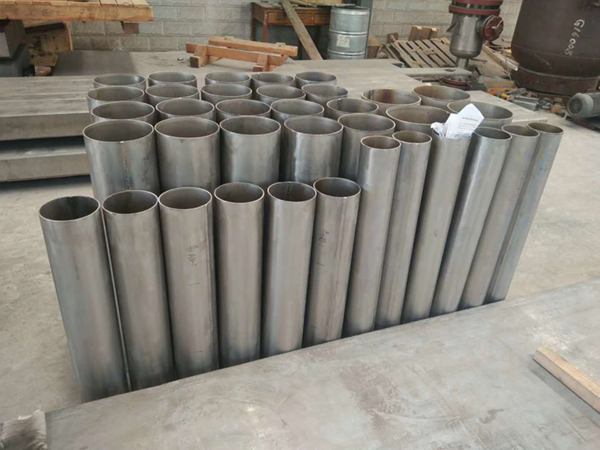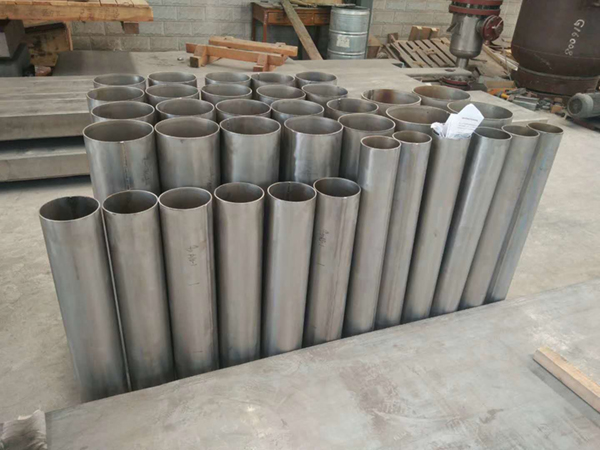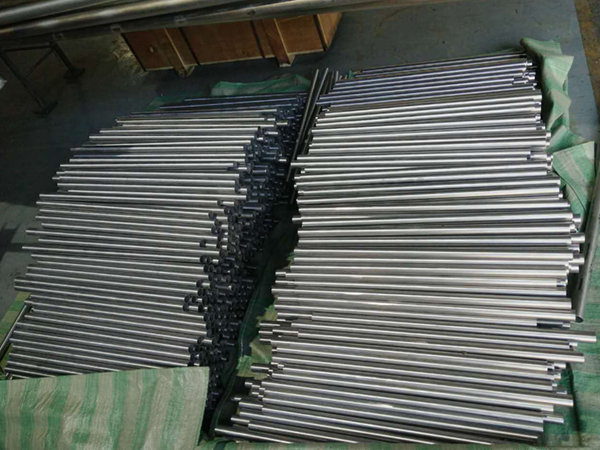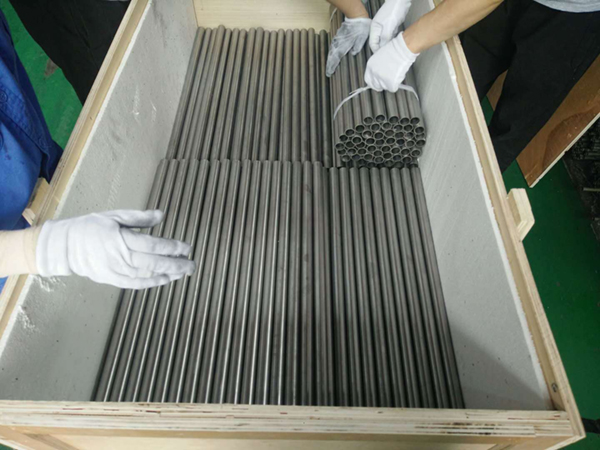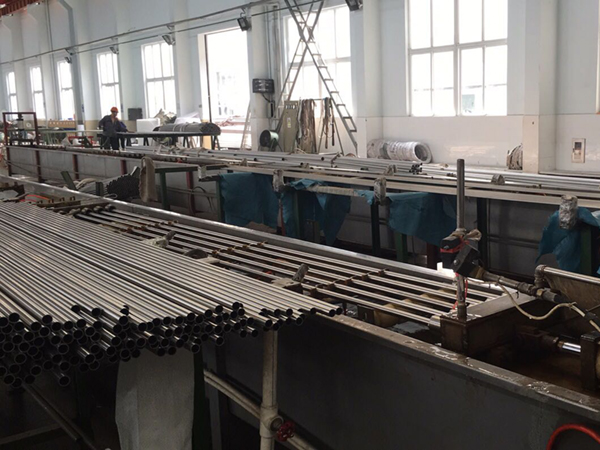Titanium tube
The titanium tube is light in weight, high in strength and superior in mechanical properties. It is widely used in heat exchange equipment, such as tube and tube heat exchangers, coil heat exchangers, serpentine tube heat exchangers, condensers, evaporators and transportation pipelines. Many nuclear power industries use titanium tubes as standard tubes for their units.
Titanium pipes implement two national standards according to the different requirements and performance: GB/T3624-2010 GB/T3625-2007 ASTM B337 338
Supply grades: TA0, TA1, TA2, TA9, TA10, BT1-00, BT1-0, Gr1, Gr2, GR7, GR18
1. Specifications
2. Production standards
Reference Standard
1. GB 228 Metal tensile test method
2. GB 224 Metal Pipe Hydraulic Test Method
3. GB 226 Metal tube flattening test method
4. GB/T3620.1 Titanium and titanium alloy grades and chemical composition
5. GB/T3620.2 Titanium and titanium alloy processed products chemical composition and allowable deviation of composition
3. Technical requirements
1. The chemical composition of titanium and titanium alloy pipes should meet the requirements of GB/T3620.1, and the allowable deviation of the chemical composition of Mingkun Titanium Industry shall meet the requirements of GB/T3620.2 when the buyer is re-inspected.
2. The allowable deviation of the outer diameter of the pipe should meet the requirements of Table 1.
3. The allowable deviation of the pipe wall thickness should not exceed ±12.5% of its nominal wall thickness. The allowable deviation of the pipe wall thickness is not applicable to the weld of titanium welded pipes.
4. The length of the pipe should meet the requirements of Table 2.
5. The fixed-length or multiple-length length of the pipe should be within the range of its indefinite length, and the allowable deviation of the fixed-length length is +10mm. The multiple length should also be included in the cut when the pipe is cut, and each cut should be 5mm. .
Four, production status
Annealing state (M) Hot working state (R) Cold working state (Y) (annealing, ultrasonic flaw detection)
Five, main purpose
Military, medical, sporting goods, glasses, earrings, headwear, electroplating hangers, welding wire and other industries.
